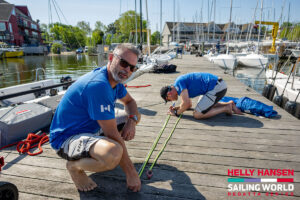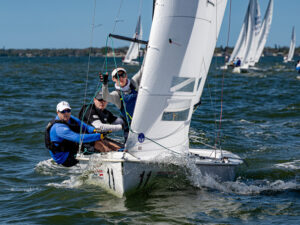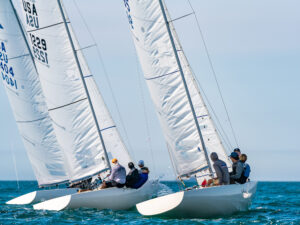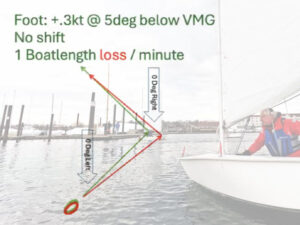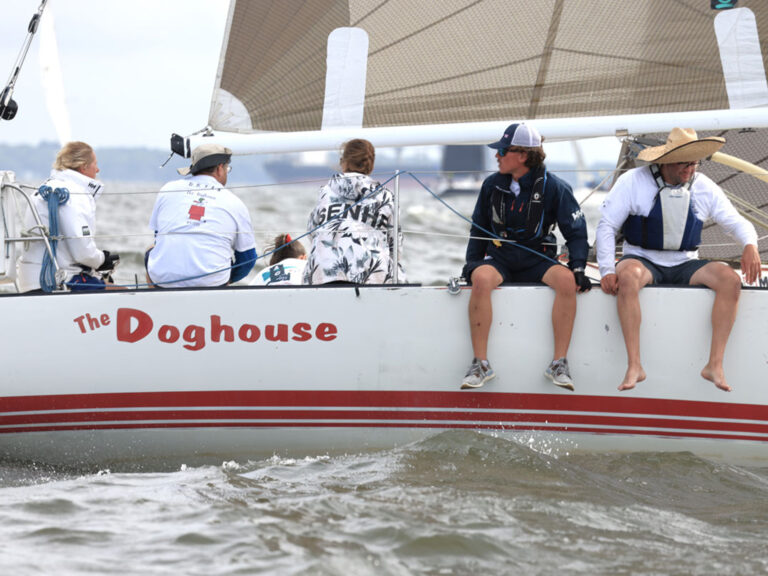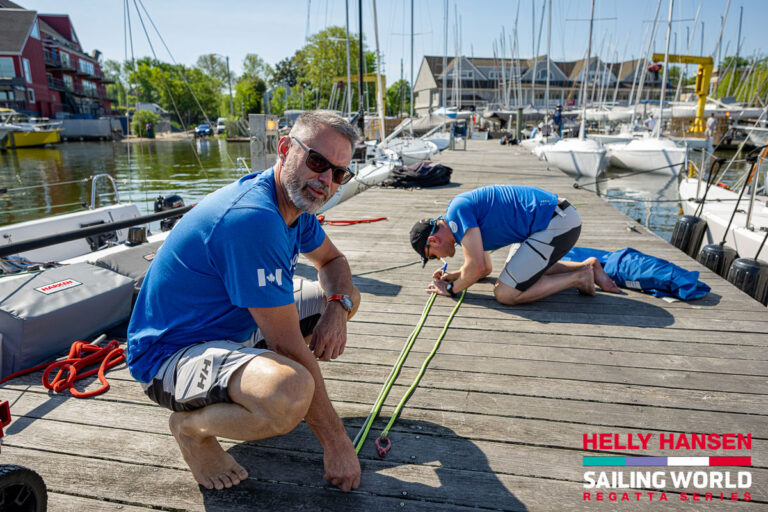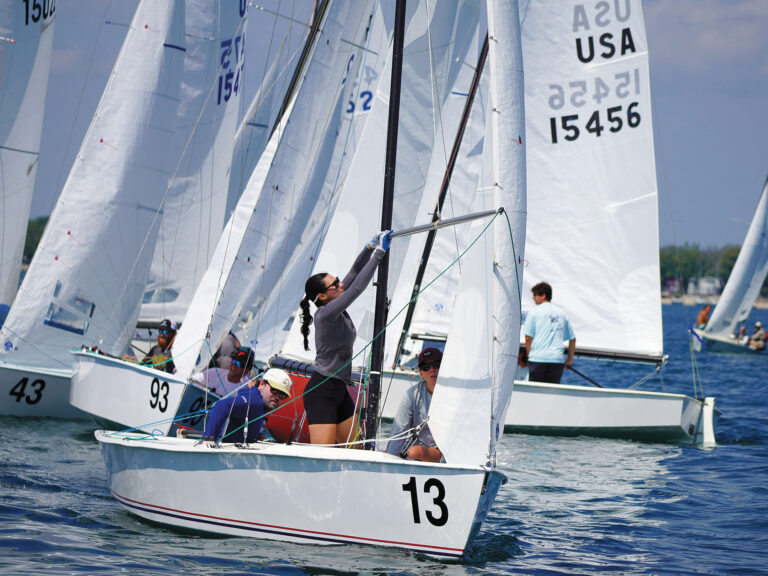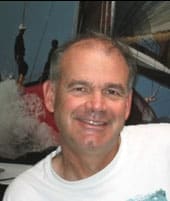
ChedProctor
With the exception of moving to drastically different venues, the Lightning class’s Southern Circuit, a three-stop traveling circus with regattas in Savannah, Ga., Miami, and St. Petersburg, Fla., is no different than your weeklong championship regatta. To have any chance of winning the Circuit, however, you must first have a reliable tow vehicle and trailer to cover the more than 1,000 miles of roadway connecting the events. Then comes consistency, followed by luck. Put all three together, says this year’s circuit champ Ched Proctor, of Southport, Conn., and you’ve got a shot at winning.All three events were windy; what’s your advice on heavy-air technique?Miami was a wind strength in which you’re looking for power at times and needing to de-power at others, and a lot of guys have gone to using the jib halyard to do this. In those kind of conditions I do it all with the backstay. It comes down to the design of the sails; the Greg Fisher-designed North sails need a straighter mast, which means using the jib halyard to take out the sag. I use the backstay exclusively with the North M5 main because it will take more bend. I steer with the tiller in one hand and the backstay in the other and when I feel I need more punch I ease it. When I need to de-power I pull it on. I’ve done the middle position with people who have the jib halyard setup and I find it difficult because I don’t have the tiller in my hand. You have be able to work it in sync with when you’re putting the bow down a bit or when you need to point a bit, and only the helm directly relays what the boat’s doing. As much as you’re trimming the sails, you’re trimming the hull and the centerboard in the water. What makes the Lightning go fast? I think people get caught up in how to set up the mast rather than how to sheet the sails. The revelation of Lightning sailing came to me when Bruce Goldsmith pointed out that because the boat has hard chines it’s critical to heel because when you change the heel a little bit the shape of the boat the water sees is drastically different. That’s almost more important sometimes than what you do with the sails.So what’s the right amount of heel?When it’s easy to keep the boat flat you want to heel it a bit more. When it’s hard to keep it flat you want to keep it flatter. Basically you want the weather chine just clear of the water, a little more so in light air.And what of that big centerboard?With sail trim, when you go to de-power it’s a question of what you do first-mainsheet, backstay, or traveler. To me, it comes down to whatever it is you have in your hand and you do whatever you can to keep the centerboard at the right angle and the right loading in the water so it doesn’t stall and it’s loaded up just enough. Sometimes, when it’s windy and the puffs come down hard and fast, I’ll ease the mainsheet rather than the backstay.What happened in the last event that allowed you guys to win?The whole thing came down to the last few hundred yards of the last race. We had a rough idea that we needed to put four or five boats between Jeff Linton (circuit runner-up) and us, and he actually got ahead of us on the first beat. With the traffic at the weather mark we got ahead and stayed ahead. We had to put a few boats between us and it didn’t happen right until the end. I’ve sailed enough in St. Pete to think I know what’s going to happen, but they set up the racecourse closer to the shore than usual and the left side seemed to be paying heavily so it was a game of figuring out the right times to get on starboard tack to get there and be able to come back to port with a clear lane. Steve Davis bounced us to the left a few times and we somehow passed him and three or four other boats right at the end. I was disappointed to let the regatta slip away because we were winning it, but winning the overall was the consolation prize. It was also helpful that Dave Stark didn’t do the whole circuit. He was clearly sailing well, but you have to do them all to win.

